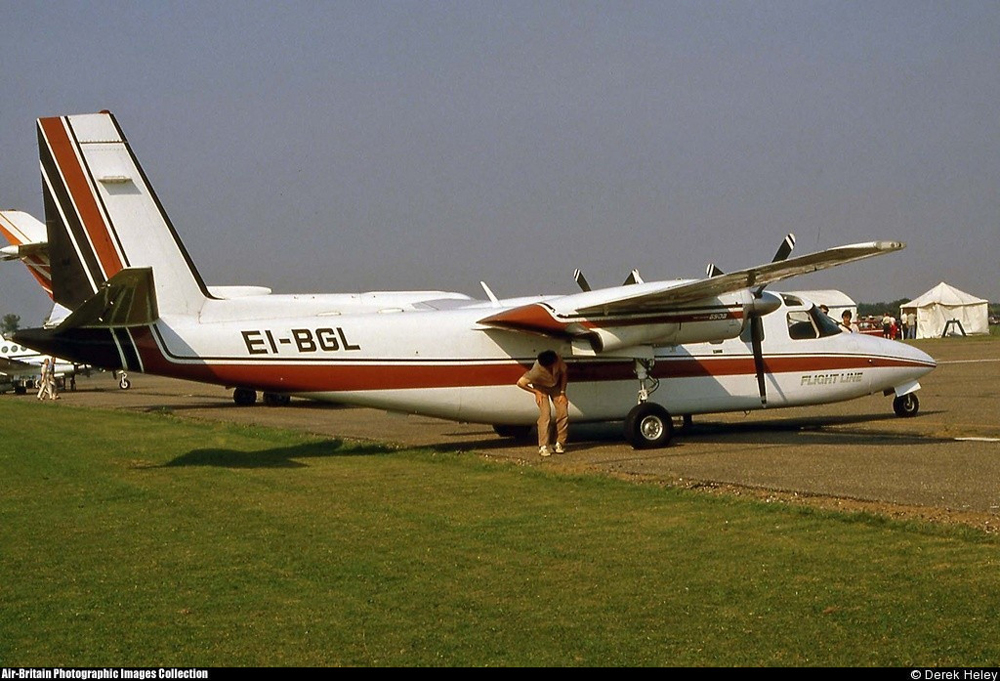Crash of a Rockwell Grand Commander 690A in Miles City
Date & Time:
Jan 7, 1987 at 1359 LT
Registration:
N57133
Survivors:
Yes
Schedule:
Billings – Miles City
MSN:
690-11133
YOM:
1973
Crew on board:
1
Crew fatalities:
Pax on board:
5
Pax fatalities:
Other fatalities:
Total fatalities:
0
Captain / Total hours on type:
45.00
Aircraft flight hours:
6216
Circumstances:
The pilot of the nonscheduled domestic passenger air taxi flight was flying the VOR/DME runway 22 approach to Wiley Field, Miles City, MT. The pilot said he turned on the autopilot and after turning inbound from the procedure turn towards the faf he engaged the approach mode. After crossing the faf the pilot descended to MDA and engaged the altitude hold mode. When he reached the map the pilot started to make a missed approach but a passenger, seated next to him in the copilot's seat, reported the runway in sight. The pilot said he saw the runway and retarded the throttles in order to descend for landing. The aircraft nose pitched up abruptly, the aircraft stalled, and mushed to the ground. The aircraft hit hard and skidded off the runway. Two occupants were injured and four others escaped uninjured.
Probable cause:
Occurrence #1: abrupt maneuver
Phase of operation: approach - faf/outer marker to threshold (ifr)
Findings
1. Weather condition - low ceiling
2. (c) autopilot - improper use of - pilot in command
3. Weather condition - obscuration
4. (c) throttle/power control - reduced - pilot in command
5. Weather condition - fog
----------
Occurrence #2: loss of control - in flight
Phase of operation: approach - faf/outer marker to threshold (ifr)
Findings
6. (c) stall/mush - inadvertent - pilot in command
----------
Occurrence #3: in flight collision with terrain/water
Phase of operation: descent - uncontrolled
Findings
7. Terrain condition - runway
Phase of operation: approach - faf/outer marker to threshold (ifr)
Findings
1. Weather condition - low ceiling
2. (c) autopilot - improper use of - pilot in command
3. Weather condition - obscuration
4. (c) throttle/power control - reduced - pilot in command
5. Weather condition - fog
----------
Occurrence #2: loss of control - in flight
Phase of operation: approach - faf/outer marker to threshold (ifr)
Findings
6. (c) stall/mush - inadvertent - pilot in command
----------
Occurrence #3: in flight collision with terrain/water
Phase of operation: descent - uncontrolled
Findings
7. Terrain condition - runway
Final Report:





